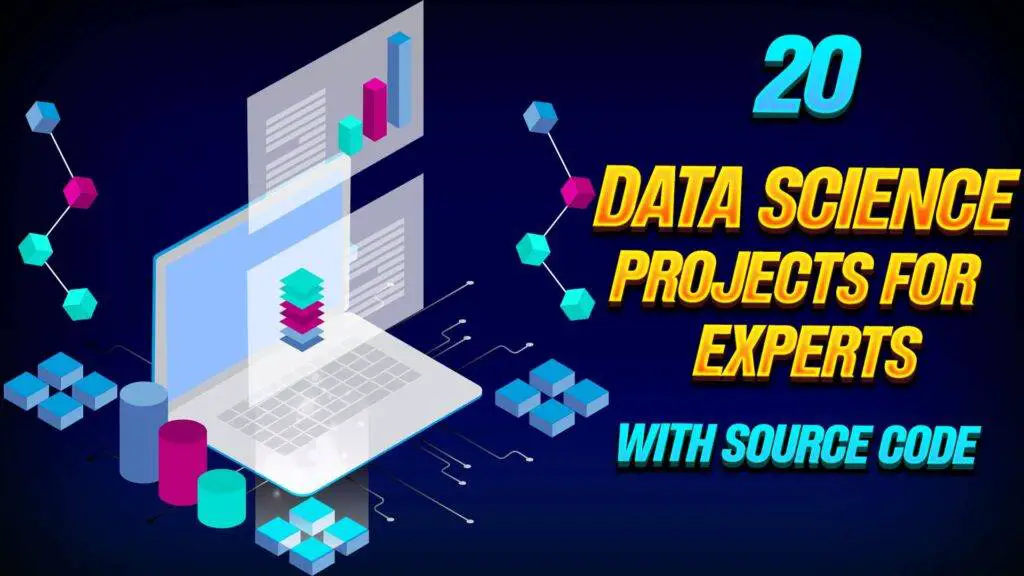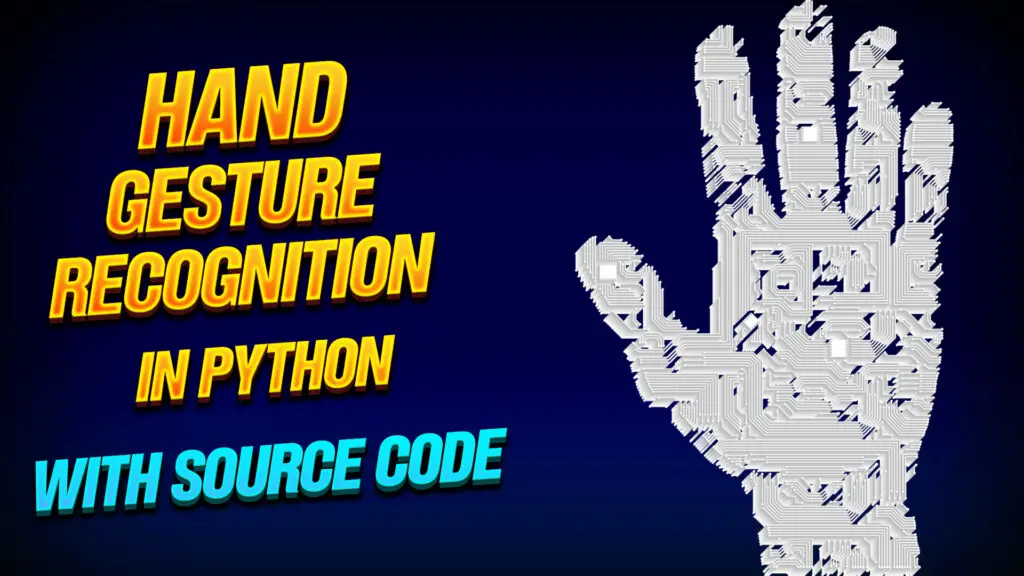Data Science Projects with Source Code
Best 20 data science projects with source code You have your sights set on an attractive career in data science. You know that you have the data science skills needed for the position. The issue is that you need more proof to support your data science skills. Anybody can claim to be a talented data scientist on their resume, but hiring managers will want evidence to support this claim. However, how can you show hiring managers that you’re worth their time by standing out like a perfect data scientist? Data science tasks are simple. Putting things into practice is the most efficient method! Why Data Science Projects Are Important for a Successful Career in Data Science? With IBM estimating 700,000 job openings by the end of 2020, data science is—and will always be—the hottest career choice, with demand for data professionals increasing steadily as the market expands. It takes an average of 60 days to fill an open data science position and 70 days to fill a senior data scientist position. CEOs and hiring managers at leading tech businesses aim for data scientists who can solve real-world challenges and connect their work to commercial value. Companies now employ people based on their ability to use data science rather than just academic knowledge. The greatest method to learn data science and develop a practical skill set is to begin working on data science projects. Several years ago, most data science positions required a Master’s or Ph.D. in Mathematics or statistics. However, in recent years, things have changed. The massive skills gap and the growth of data science careers have encouraged businesses to hire people who can add value to a company as quickly as feasible. Only by working with popular data science projects and completing several interesting projects will you learn how data architectures work in practice.Also, as more organizations shift their machine learning solutions and data to the cloud, data scientists must master various associated tools and technologies to stay updated. Unlocking the World of Data Science Projects: 20 Gems with Source Code Data science is more than a word; it is an exciting field that allows us to extract useful information from the huge ocean of data. Whether you’re an experienced data scientist or a newbie, getting involved in practical projects is the greatest way to polish your abilities and remain current on the latest trends. This article will examine 20 interesting data science projects using source code, providing a hands-on approach to mastering this exciting study area. 1. Price Recommendation for Online Sellers Many machine learning algorithms power a lot of e-commerce sites. These algorithms do everything from checking the quality of the products and managing the inventory to finding out who is buying what and suggesting products. E-commerce websites and apps are also trying to find ways to make it so that humans don’t have to make price ideas for sellers on their marketplace. This is another interesting business use case that they are trying to solve. That’s where machine learning for price prediction comes in. You can use your data science skills on various datasets and in interesting projects to solve hard, real-world data science problems. As part of this data science project, you will create a machine learning model to help online sellers find the best product prices. Different items with very small differences, like extra features or brand names, can have different prices depending on how much people want them. This is a difficult data science problem. It’s even harder to use price prediction models when there are millions of goods, which is the case with most eCommerce platforms. Source Code 2. Walmart Store’s Sales Forecasting Big data and data science are used by e-commerce and retail to streamline business operations and make profitable decisions. Data science techniques are used to effectively handle a variety of functions, including inventory management, product recommendations to customers, and sales prediction. Walmart generated $482.13 billion in revenue in 2016 thanks to accurate estimates across its 11,500 locations through data science approaches. The name of this data science project makes it obvious that you will be working with a dataset of 143 weeks’ worth of sales transaction records from 45 Walmart shops and their 99 divisions. Predicting future sales across many departments inside different Walmart shops is an interesting data science topic. This data science project’s most challenging aspect is predicting sales for the four biggest holidays: Labour Day, Christmas, Thanksgiving, and the Super Bowl. Walmart forecasts sales for these events to ensure enough product supply to satisfy demand. Markdown discounts, the consumer price index, whether the week was a holiday, weather, store size, store type, and unemployment rate are just a few details in the dataset. Source Code Recommended Reading Stock Price Prediction system using Machine Learning Real-Time Object Detection Using Machine Learning Ecommerce Sales Prediction using Machine Learning 3. Personalized Medicine Recommending System Recently, there has been much discussion among cancer researchers about how using genetic testing to treat diseases like cancer may revolutionize the field of cancer research. Clinical pathologists have made huge contributions that have helped bring this ideal revolution to fruition. The pathologist manually deduces the meaning of genetic alterations after initially sequencing a gene related to a malignant tumor. The pathologist must look for evidence in clinical literature to generate interpretations, which is time-consuming and laborious. But we can streamline this process by putting machine learning algorithms into practice. This project will be a good starting point for you to study the field of medicine and artificial intelligence integration. With the data from the Memorial Sloan Kettering Cancer Centre (MSKCC) dataset, automate the classification of every genetic mutation found in the cancer tumor. The collection includes neutral mutations (passengers) and mutations classified as drivers of cancer growth. Reputable scientists and oncologists have manually marked the dataset. Use the MSKCC dataset to create an automated system that can categorize genetic mutations in cancer tumors into classes of drivers and passengers. Source Code 4.











